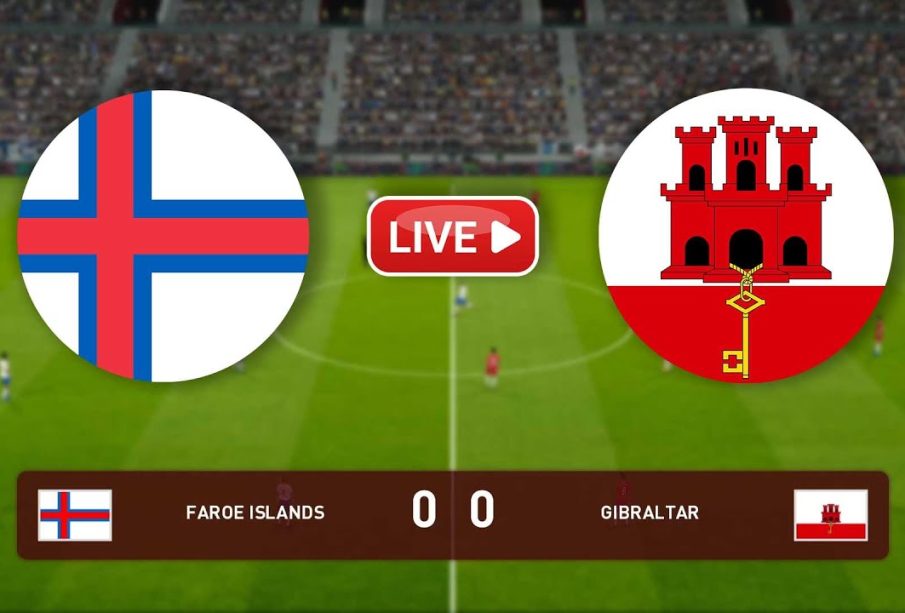Faroe Islands vs Gibraltar: A Detailed Comparison

Introduction
The Faroe Islands and Gibraltar are two distinct territories with unique geographical, cultural, and economic attributes. While both regions boast rich histories and striking landscapes, they differ significantly in terms of governance, demographics, and global significance. Understanding these differences is essential not only for fostering tourism but also for enhancing geopolitical knowledge.
Geographical Overview
The Faroe Islands are an archipelago situated in the North Atlantic Ocean, located between Iceland and Norway. Comprising 18 islands, they are known for their rugged terrain, dramatic cliffs, and varying weather conditions. The islands are part of the Kingdom of Denmark but enjoy a high level of autonomy, particularly in areas such as education and health.
In contrast, Gibraltar is a British Overseas Territory positioned at the southern tip of Spain, where the Atlantic Ocean meets the Mediterranean Sea. It is famous for the Rock of Gibraltar, a prominent landmark that stands 426 meters tall. Gibraltar serves as a strategic military and shipping hub, emphasizing its importance in European and global trade.
Cultural and Historical Significance
The cultural heritage of the Faroe Islands is deeply intertwined with its Viking past, which has significantly influenced its language, music, and traditions. The islands host various annual festivals celebrating their Norse history, drawing visitors from various parts of the world.
Gibraltar, on the other hand, has a history marked by its strategic military significance, particularly during the Great Siege in the 18th century. The diverse population includes residents of British, Spanish, Italian, and Moroccan descent, contributing to a vibrant cultural tapestry that manifests in its cuisine, festivals, and daily life.
Economy and Tourism
Economically, the Faroe Islands rely heavily on fishery-related industries, particularly salmon farming, which accounts for a large portion of their exports. The tourism sector is growing, with visitors attracted to the islands’ natural beauty and outdoor activities such as hiking and birdwatching.
In contrast, Gibraltar’s economy is primarily based on financial services, tourism, and shipping. The territory welcomes thousands of tourists each year, who are drawn not only by its historical sites but also by the duty-free shopping opportunities available there.
Conclusion
In summary, while the Faroe Islands and Gibraltar share a prominence on the global stage, they present contrasting identities shaped by their geographical locations, historical contexts, and cultural attributes. For prospective travelers or those interested in political geography, understanding these distinctions is crucial. As both regions continue to evolve, observing their development will be essential for grasping the broader dynamics of European territories.









